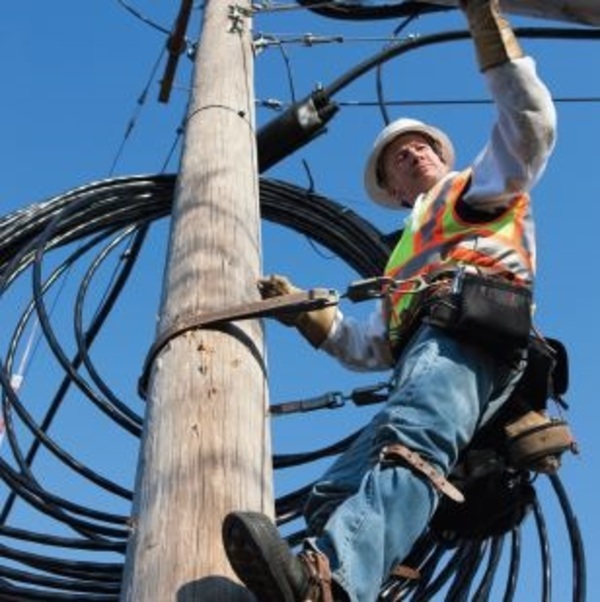
This electrical utility already had a lot going for it. It had an extensive grid, rights of way, experience in outside plant deployments and a fiber backbone to lease fiber services. But FTTH, or fiber to the home, was new to the team. It wanted to build an open-access FTTH infrastructure and lease it to partners, but it had no idea who to turn to or how much it would cost.
Obviously building FTTH on top of an electrical grid has unique challenges. The team didn’t want to disrupt service, and safety was imperative working so close to high-voltage equipment. The costs really started to add up when the team realized some of the grid maps were out of date. And the varying weather – frost one day, sun the next – didn’t help either.
CommScope stepped in at this point to guide the utility’s team. This kind of project couldn’t be completed with a one-size-fits-all approach. The utility needed customizable solutions adapted to local circumstances. And that is exactly what CommScope delivered.
So how exactly did the utility deal with the costs and bring the project back on track? Find out in this exclusive “National utility goes broadband” case study. If you’ve ever had a network deployment project with unforeseen costs, you can probably learn something useful from it. If you have other FTTH deployment examples or suggestions, I’d love to hear about it in the comments section.







